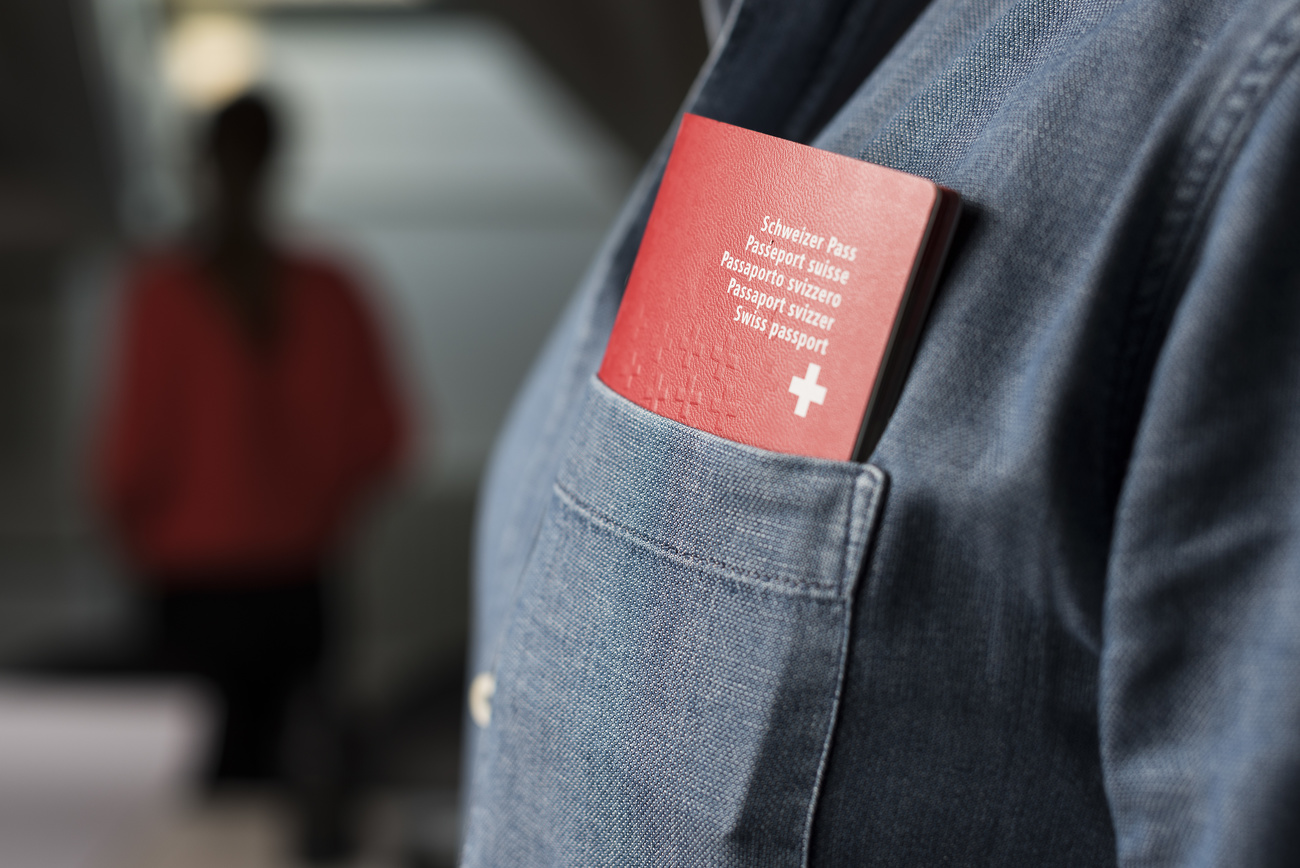X Loans at Par Are Latest Example of Discounts Disappearing
(Bloomberg) — Loans to X Holdings Corp. that banks had on their books at big discounts just a few months ago are being sold at face value now, underscoring a growing concern for investors: Demand for leveraged loans is so strong that prices are soaring.
For new offerings, loans are increasingly being sold at essentially par, or 100 cents on the dollar. The average price on new loans in 2024 was 99.66 cents on the dollar, up from 98.42 cents the year before and 97.37 cents in 2022, according to Barclays Plc.
Loans sold with bigger initial discounts perform better than those issued nearer to par for up to 12 months after pricing, Barclays found. As the amount of those discounted loans dwindles, it’s become harder for investors to earn much more beyond the interest payments on their holdings.
“To have the opportunity to buy loans at a two to three point discount was helpful,” said Bill Zox, a portfolio manager at Brandywine Global Investment Management.
Investors have been eager to buy floating-rate loans over the last two years as a hedge against surging inflation — a renewed concern after this week’s hot consumer price index reading. Combined with shrinking loan supply, that’s helped push up loan prices, including those that funded Elon Musk’s buyout deal for X, previously known as Twitter.
The debt has been stuck on banks’ balance sheets since 2022, but bankers are now taking advantage of loan market conditions and Musk’s close ties to the White House to offload entire chunks at progressively tighter discounts.
A $4.74 billion portion sold at no discount to face value on Thursday after robust investor demand led to the size of the offering being boosted, following the sale of a $5.5 billion portion just last week at 97 cents, and a $1 billion sale in January at between 90 to 95 cents. All these are marked improvements from prices as low as 60 cents on the dollar that some investors offered to pay in 2022.
Social media giant X is finding so much demand because investors are betting that Musk’s ties to President Donald Trump will continue to bolster its profitability. But the demand that’s lifting prices on X’s loans comes in the context of a hot market, where original issue discounts, or prices on new issues below face value, have mostly disappeared.
“The fact that so much is pricing closer to par and so much of the secondary market trades above par, people are really, really hungry for discounts,” said Corry Short, a credit analyst at Barclays, in an interview about general market conditions. “And when OID gets compressed, it makes the discount availability even less.”
Companies flooded the US leveraged loan market last year with more than $1.3 trillion of deals, smashing the old high set in 2017, data compiled by Bloomberg shows. However, most of that came from repricings rather than fresh buyout loans, as the start of Federal Reserve interest-rate cuts spurred companies to lower their borrowing costs. In 2024, repricings were nearly 10 times the previous year’s level, while new-money deals were the least since 2016 — apart from 2023 — the data shows.
Discounts were not meaningful either, with just 21 loans out of 1,307 — less than 2% — pricing at 97 cents on the dollar or lower. Only three loans priced at 93 cents, the steepest discount of the year.
In 2025, just a few deals have sold at any kind of a material discount. Last week, radio station owner Townsquare Media Inc. refinanced a loan at 95 cents on the dollar, compared with the 98.5 cents it was issued at. Two deals have priced at 98 cents on the dollar this year, with the rest pricing above that, according to Bloomberg-compiled data. The two deals were DirecTV Inc.’s loan to support AT&T Inc.’s sale of a stake in the satellite company, and RealTruck Group Inc.’s loan to finance its purchase of Vehicle Accessories Inc.
Since 2010, less than 7% of broadly syndicated loans have priced at 95 cents on the dollar or less, Barclays’ Short and Andrew Johnson wrote in a Jan. 31 note.
As demand for leveraged loans has outpaced supply, borrowers haven’t had to rely on OIDs to drum up interest, Short said. “In markets with greater price dispersion, OIDs were likely somewhat less focal, but in today’s high-priced market, any discount available to investors in the primary market, even if minimal, can be a way to generate alpha,” he and Johnson wrote.
Loans issued at a significant discount also tend to outperform when they subsequently start trading in the secondary market, at least in the short-run, according to Barclays. The bank’s analysis of over 200 loans that priced below 97 cents on the dollar revealed a nearly three-point gain in median performance, in the year after issuance. However, Barclays notes that larger OIDs alone cannot be attributed for the strong performance, adding that it tends to break down after the 12-month period.
For Zox, the junk bond market offers better investment opportunities now than leveraged loans.
“Especially if you think we’re going to be at a relatively stable environment, it’s not a bad move to go into bonds,” he said. “You can buy higher quality bonds at a nice discount to par.”
But that’s a minority view, as loan prices stay high.
“There’s this supply and demand imbalance where there’s not a whole ton of new net supply that’s coming to the market,” said Barclays’s Short. “Meanwhile, the demand picture is still really strong. People have a strong desire for all-in yield.”
–With assistance from Andrew Kostic.
(Updates with Short quote in last paragraph. An earlier version of this story corrected the graphic.)
©2025 Bloomberg L.P.






